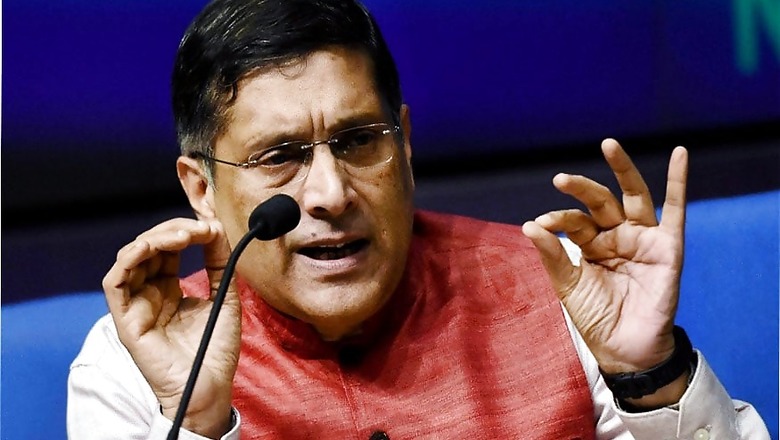
views
New Delhi: Ruling out a single rate GST, Chief Economic Advisor Arvind Subramanian on Wednesday pitched for a three rate structure going forward as revenues stabilise.
He said Goods and Services Tax is a "work in progress" and there is a need for further simplification of rates with fewer exemptions and simpler policies.
"In India, we can never have one rate. I had recommended a standard rate and one for demerit good, one for low rate. I think, in India, the debate should be about 'why can't we have three', rather than 'why not one'," Subramanian said at an NCAER event here.
Under the GST regime, there are four rates — 5 per cent, 12 per cent, 18 per cent and 28 per cent. Luxury and demerit goods are subject to cess on top of the highest slab.
The single rate GST structure was advocated by Congress President Rahul Gandhi.
Subramanian said since GST is a regressive tax, it won't be "fair" to have a single rate structure unless there are instruments to protect the poor who get hurt by rising costs.
"...I think over time we will see simplification. For example, once the revenue stabilises, 28 per cent can (be rationalised).... but the broader point I want to make is that why can't we have three (tax slabs). That's what we should ask for," said Subramanian.
Union Minister Arun Jaitley too had dismissed the idea of a single rate GST as "flawed" saying that it can only work in a country where the entire population has 'similar and high' capacity to spend.
Subramanian said that GST implementation "has not been too bad" in the first year of difficult implementation.
"My own view is the more you rely on carrot, and less you rely on sticks, you facilitate formalisation of economy. That's what I like about GST. It is not heavy handed. Its a kind of self policing," he said.
GST, which subsumed over a dozen of local taxes, was rolled out on July 1, 2017.
The CEA headed panel had in its report way back in 2015 had recommended a range for revenue-neutral rate (RNR) of 15-15.5 per cent for the proposed Goods and Services Tax (GST), with a preference for the lower one.
It also suggested a range of standard' tax rate of 17-18 per cent for bulk of goods and services, while recommending 12 per cent for low rate goods' and 40 per cent for demerit goods like luxury car, aerated beverages, pan masala and tobacco. For precious metal, it recommended a range of 2-6 per cent.
Besides, Subramanian also said that India needs an independent fiscal council which brings out independent views on how government does accounting for public finances.
"One of the things we all were unanimously in favour of was a fiscal council. I think we need to get more independent people doing this (government accounting) with better access to data...People should have trust that everything is properly accounted for, he said










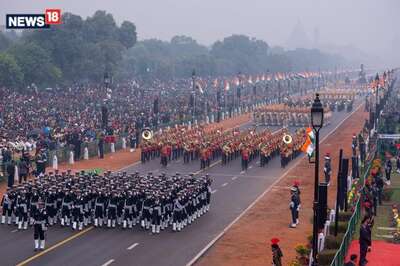

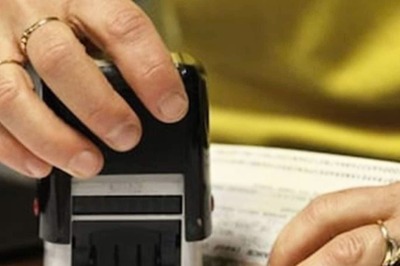
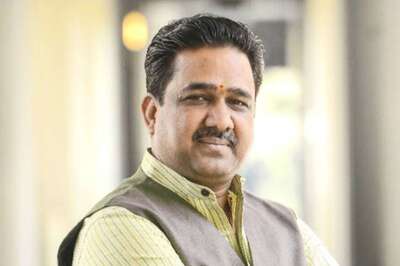
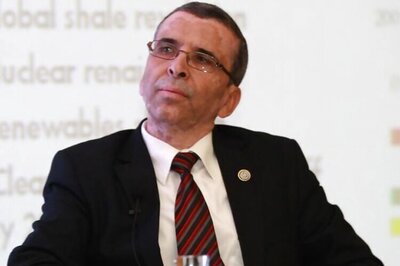
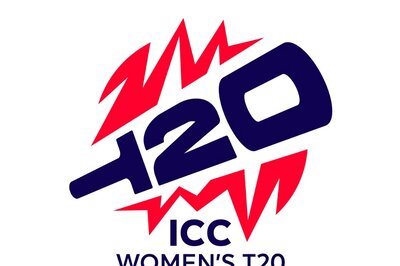




Comments
0 comment